
No one expected this, writes John Simister. The Press had been fed a stream of hints that Lotus was planning something special and future-pointing for the Paris show, something beyond the supercharged and automatic-transmission Evora derivatives that we knew about already, but five new cars? Bob Lutz as high-profile consultant? A whole new layer of management including the former AMG engineering head, Wolf Zimmerman, as chief technical officer? Personnel late of Ferrari, Porsche, Aston Martin and who knows where else, all corralled into the new organisation?
Apart from anything else, where was all the money coming from? Coincidentally, one of the investment bankers invited to Paris by Lotus was in the same Eurostar carriage as a posse of journalists (including your reporter). The banker was seated next to one of us, and took the opportunity to feel the temperature of our likely reaction to the news to come. We were intrigued but a touch sceptical. Lotus has had many a rebirth, and the subsequent problems of quality, high-end credibility and that lingering smell of polyester resin have always percolated again to the surface. Why would it be different this time?
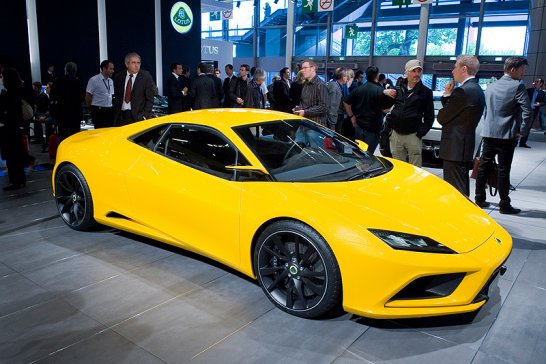

The information drip-feed, the Internet countdown, the rumours from the pre-show party at which a select few were told the story and sworn to temporary secrecy, all this had worked. The investment bankers were treated to a double-decker show stand, grander than Lotus had ever built before, and a dense throng of journalists, photographers and other companies' engineers and designers ready to witness the unveiling. Various celebrities posed with each successive new model, but they seemed superfluous as recently installed Lotus boss Dany Bahar, the former brain behind Ferrari's merchandising activities, announced each car.

At this stage they are all concept cars; their specifications are notices of intent, rather than measured fact. Designed under Donato Coco, formerly Ferrari's design chief, the cars do look disturbingly like different-size peas in a pod. There's nothing retro about them, though; their crisp edges and angles could take the original Lotus Esprit as an inspiration, but in reality that's just a coincidence. A Ferrari 458 is a truer visual progenitor.
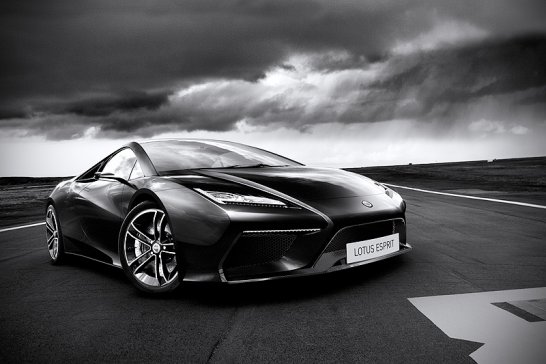
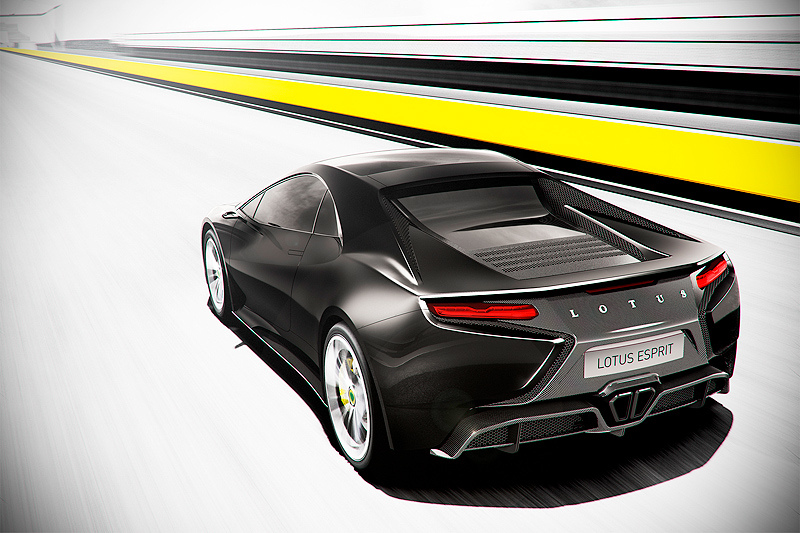
These are the cars. The first will be the Esprit in two years' time, a two-seater, mid-engined machine with a supercharged 5.0-litre V8 producing 620bhp at 8200rpm. Its CO2 output is intended to be a lowish 250g/km, provided the optional hybrid system is installed, and the gearbox is a double-clutch seven-speeder. Pricing will be around £110,000.
A year later, in 2013, a new Elan arrives. Like the Elite, it's a fixed-roof, mid-engined two-seater, although there will be a 2+2 version. Power for this one comes from a 4.0-litre supercharged V6 with 450bhp and – with hybrid addenda – 199g/km CO2. Clearly this Elan is a universe away from the spirit of either the original or the 1990s front-wheel drive version, as is the price, at a projected £75,000.
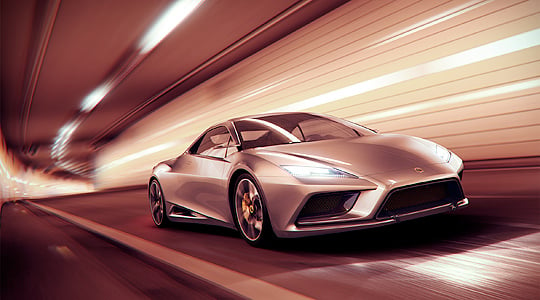
After that comes the Elite, due in 2014 and a front-engined, 2+2 coupé-cabriolet. Likely to cost around £120,000, it uses that same V8 engine as the Esprit but somehow emits significantly less CO2 – something which is becoming increasingly important for cars like these if they are to survive.
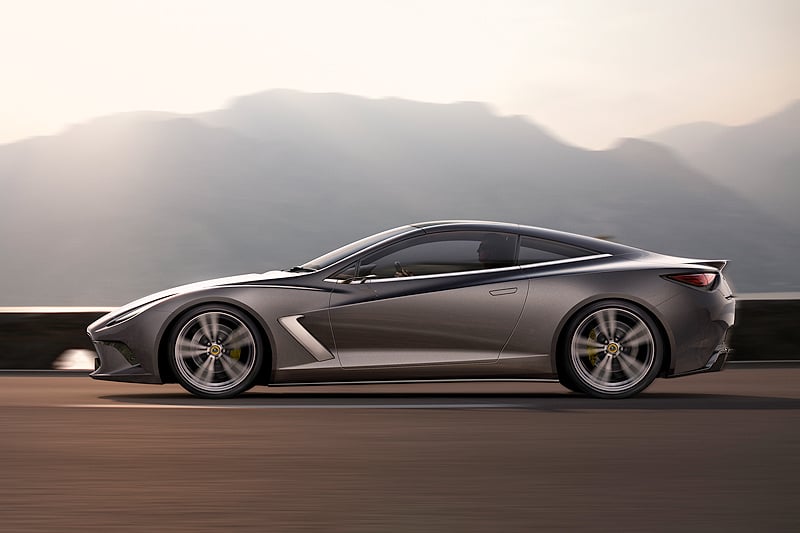
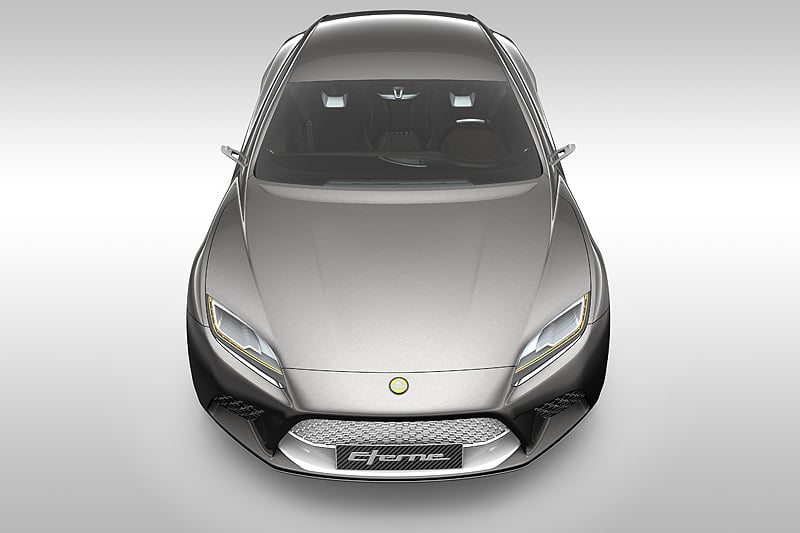
Then, in 2015, we'll see the final two newcomers. One is the Eterne, the only car not to resuscitate a past Lotus E-name, which is a four-door saloon designed to rival Aston Martin's Rapide. Powered again by that supercharged V8, it should cost about £130,000.
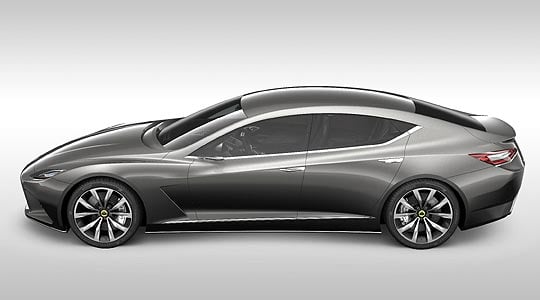
The other is a new Elise, the most affordable car in the range at around £35,000 – which is not much more than the current car will probably cost by then. It comes with either a fixed or a removable roof, and is powered by a 2.0-litre, four-cylinder, turbocharged and mid-mounted engine, driving through the only manual gearbox in the entire new range. (A double-clutch gearbox is optional.) Power is 320bhp, and this new Elise is significantly larger than the current one. Heavier, too, at a predicted 1095kg.

Which begs the question: is Lotus doing again what it tried to do in the 1970s – abandoning its core market in the chase for more glamour and higher profit margins? The current Elise, a design with roots going back 14 years, brought Lotus back from one of many brinks and has been the cause of previously undreamed-of production figures.
That the new range doesn't contain a genuinely compact, lightweight sports car is a big disappointment, and it means Lotus is throwing away a market position that it has had to itself for a long time. Given the pressures on the industry to create smaller, lighter, more frugal cars, and how Lotus has created such cars more effectively than any other carmaker, the new product plan is hard to understand.
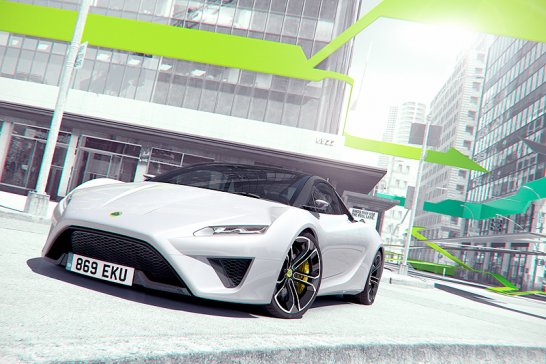
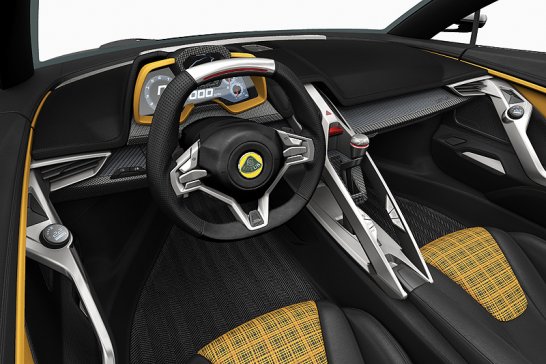
Andreas Prillman, the new chief commercial officer, explains: “It goes back a couple of years, when the shareholder [the holding company for Proton in Malaysia] decided to bring Lotus back to profitability. So there are five new cars, a new corporate entity, a new layer of top management. As for where the money came from, the current financial climate has helped us. Financing is low-cost today, if you can prove you have a sound project.”
But why abandon the current Elise's market sector? “The new Elise follows the development of the market and the customers. The new generation of customers want more comfort. They have grown in size and they have grown up. But we did not compromise the driveability or the freshness. The new Elise will meet all current demands.”
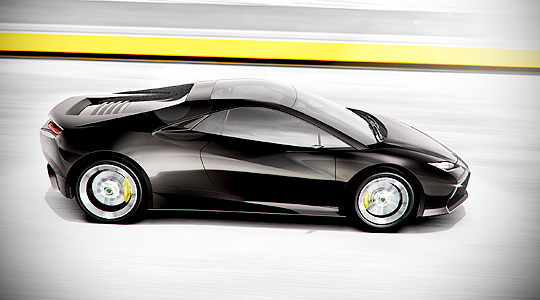
We shall see if he's right, but there's another possible hole in the plan as seen from the viewpoint of the petrolhead enthusiast. Lotus is aiming to compete in supercar-land but all the new cars have Toyota-based (or Lexus-based) engines rather than Lotus's own. That's not good for credibility.
“All the engines in the new cars will be to Lotus specification,” Prillman replies. “The engine is the heart of the sports car, and our new partnership with Toyota means that instead of getting engines which we then tune, we get engines custom-built for Lotus. The software is the interesting part.”
The irony here is that Lotus's engineering consultancy does a lot of engine design work for other clients. Lotus is perfectly capable of building its own engines, but the economics don't stack up. And the sad fact is that to many of today's buyers, it might not matter as much as we'd like it to.
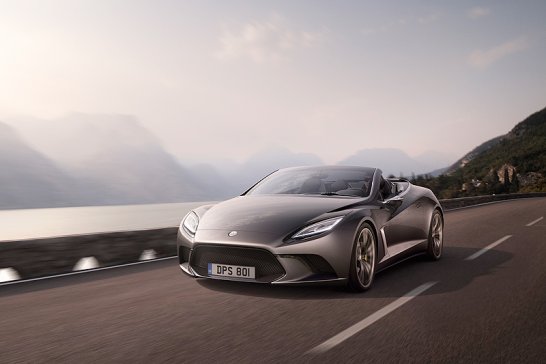
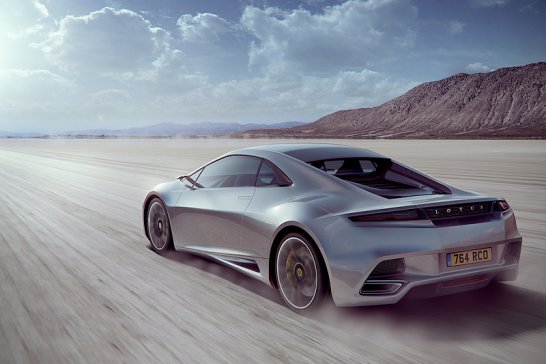
The other key point about the new cars is that they will have largely-aluminium bodywork, with composites confined to smaller areas. The structures will be developments of the existing bonded-and-extruded aluminium system pioneered in the Elise and refined for the Evora (the latter will continue in the new range, incidentally, occupying a position between the Elise and the Elan). Aluminium bodywork, and just look at those tight shutlines. For Lotus, this is real year-zero stuff.
Maybe the ambitious plan will work. Certainly some serious reputations depend on it. If it does, Lotus will have a wider range of sports cars and supercars than any other carmaker, despite the gap at the bottom, and there's little doubt that they will be stunning to drive because Lotuses always are. There is to be branding and merchandising to match, much of it playing heavily on Lotus's history of maverick innovation and race success.
There's a new customer magazine, beautifully and edgily designed. Among its writers, photographers and creators, I recognised just one British name. It's produced in Switzerland and has an office in New York. The first issue celebrates British icons: people, mostly. I'm worried.
Text: John Simister
Photos: Lotus
ClassicInside - The Classic Driver Newsletter
Free Subscription!
















